Science news in brief: from extremophilic bacteria to zombie flies
And other news from around the world
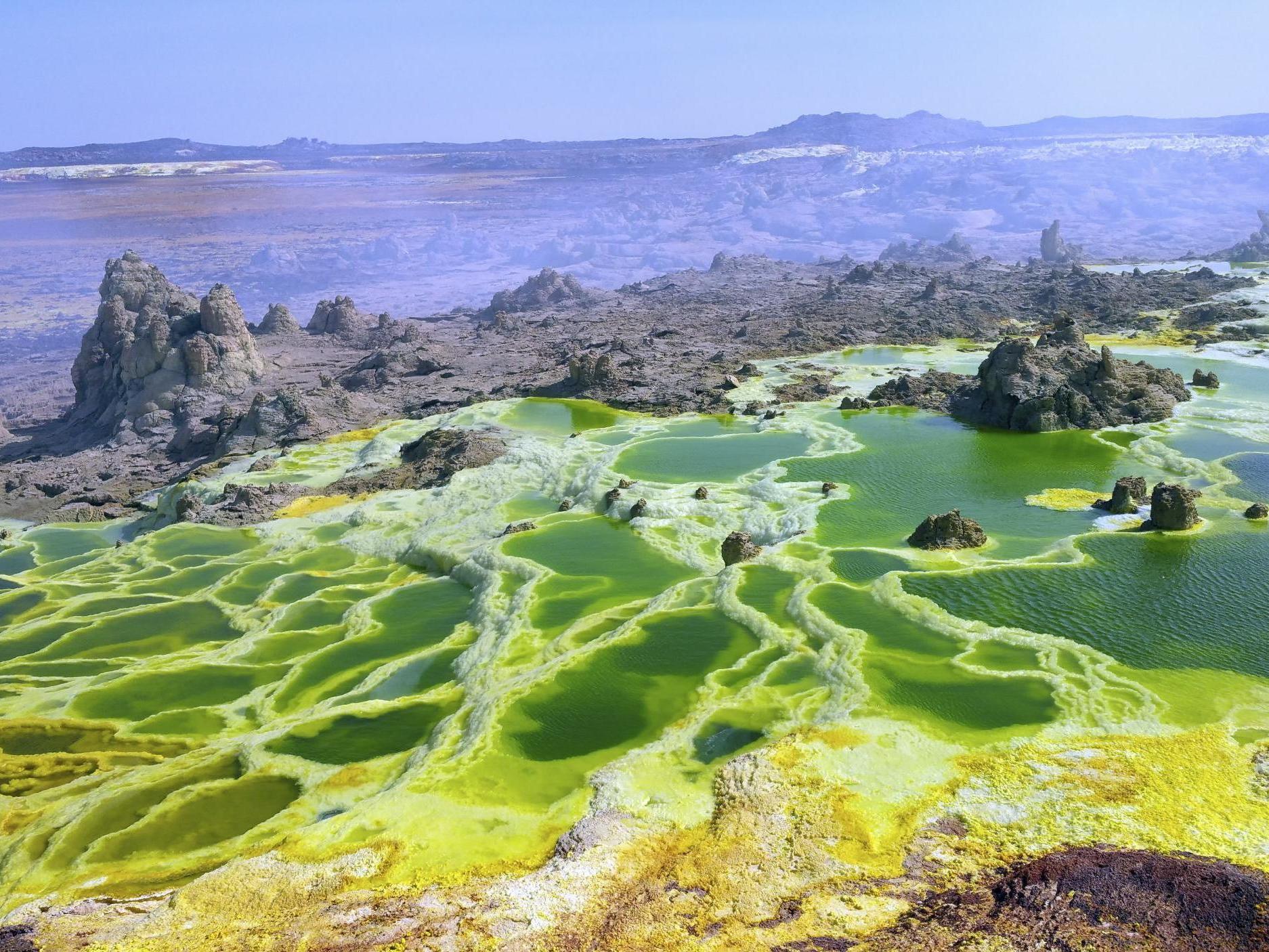
Your support helps us to tell the story
From reproductive rights to climate change to Big Tech, The Independent is on the ground when the story is developing. Whether it's investigating the financials of Elon Musk's pro-Trump PAC or producing our latest documentary, 'The A Word', which shines a light on the American women fighting for reproductive rights, we know how important it is to parse out the facts from the messaging.
At such a critical moment in US history, we need reporters on the ground. Your donation allows us to keep sending journalists to speak to both sides of the story.
The Independent is trusted by Americans across the entire political spectrum. And unlike many other quality news outlets, we choose not to lock Americans out of our reporting and analysis with paywalls. We believe quality journalism should be available to everyone, paid for by those who can afford it.
Your support makes all the difference.Looking for life in a hopeless place and coming up empty
People can live on every continent, but our planet really belongs to the microbes. Some even thrive in particularly pernicious environments, from deep-sea vents cooking at 122C to highly radioactive mine shafts.
These extremophiles can also be found in highly salty or highly acidic environments. But to date, microbes haven’t been unequivocally found inhabiting the combination – a simultaneously hot, hypersaline and hyper-acidic realm. If an organism could survive in such an unforgiving place, scientists would need to expand their search parameters for life in more unwelcoming corners of other worlds.
Attempting to ascertain life’s outer limits, scientists headed to Ethiopia’s Danakil Depression. A scorching, arid 155-mile-long lowland, it also contains the volcanic Dallol dome and its polychromatic geothermal field, which features some of the world’s saltiest, most acidic bodies of superheated water. The team scoured the landscape, looking for something that called one of these pools home.
But contrary to previous claims, no unambiguous evidence for any pioneering extremophiles was found. This was a disappointment – but also a crucial revelation.
Life needs a watery environment, both inside and outside the cell, to function, says Louisa Preston, an astrobiologist at London’s Natural History Museum who was not involved in the work. That is why astrobiologists are so keen to identify liquid water on other planets.
But this study is a reminder that “the presence of liquid water on the surface of a planet is not enough to have life”, says Purificacion Lopez-Garcia, a microbial diversity expert at the French National Centre for Scientific Research and an author of the study, which was published in Nature Ecology & Evolution.
Many of Earth’s extremophiles belong to the Archaea domain, a superkingdom on the tree of life that is separate from both bacteria as well as the eukaryotes, which encompass all plants, fungi and animals, including us.
Lopez-Garcia and her colleagues did make some discoveries in the hypersaline-only waters near Dallol: some remarkable extremophiles, including several new archaea.
These microbes represent many limbs of the archaean evolutionary tree, indicating that salt-loving adaptations emerged many times. That may be because their common ancestor used potassium to adapt to high temperatures, Lopez-Garcia says. This chemical shield was co-opted by many descendants to help them thrive in hypersaline conditions.
Some scientists think those kinds of adaptations are a reason that fingerprints of extremophilic life – extinct or extant – could be found in groundwater or briny lakes possibly locked beneath Mars’ harsh surface.
The limits to alien life may differ from those imposed on our own world’s microorganisms. But, says Lopez-Garcia, “if the conditions are permissive for life as we know it on Earth, they should be permissive for life as we don’t know it on another planet”.
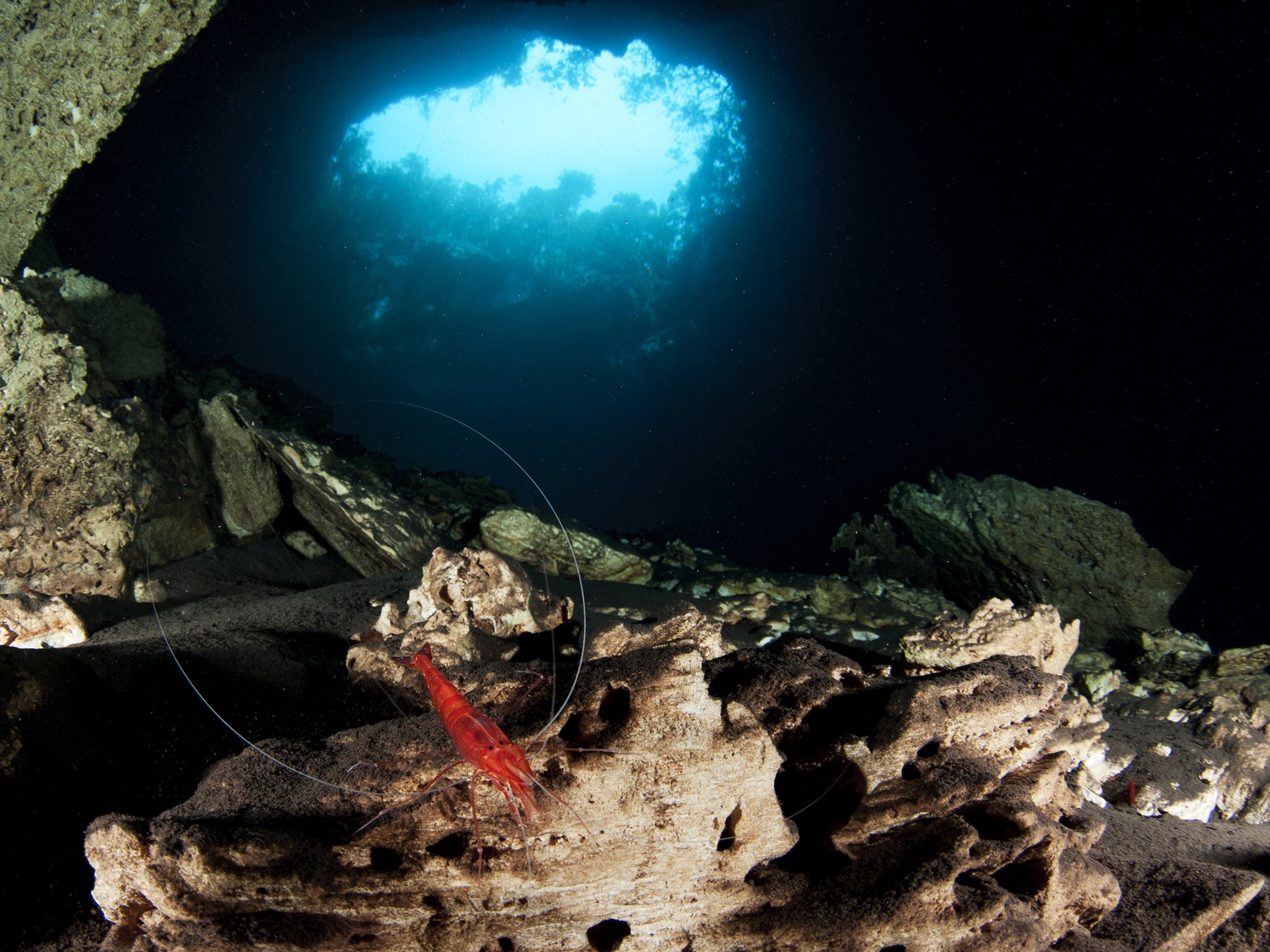
In blue holes of Bahamas lie secrets of hurricanes past
Katrina. Harvey. Maria. Dorian. In recent years, hurricanes have killed thousands of people and caused billions of dollars in damage. But getting a handle on how frequently these destructive storms have pummelled the planet is tough because records stretch back only about a century and a half.
Now, researchers have assembled a 1,500-year history of hurricanes in the Bahamas, based on sand and shell fragments pulled up from submarine caverns known as blue holes. Their results, published in Paleoceanography and Paleoclimatology, show that hurricane activity has varied over time. In fact, recent hurricane activity in the Bahamas has been low compared with historical highs, despite intense activity elsewhere in the Atlantic arena. The fluctuations are likely driven by changes in atmospheric and oceanic circulation and volcanism, the scientists suggest.
In the aftermath of Hurricane Dorian and the destruction it caused in parts of the Bahamas, this historical record is “a wake-up call”, says Lisa Kennedy, a geographer at Virginia Tech who was not involved in the research.
Blue holes form when carbonate rock erodes, collapses and fills with water; they are revered among divers for their deep, clear waters. They are also important keepers of the scientific record, as hurricanes wash coarse material like sand, gravel, shells and pieces of coral into them.
“I can immediately look at it and say, ‘There’s a hurricane layer,’” says Lizzie Wallace, a palaeoclimatologist in the Massachusetts Institute of Technology/Woods Hole Oceanographic Institution Joint Programme in Oceanography.
In 2014, Wallace’s colleagues collected sediment cores from the bottom of blue holes on South Andros Island.
The team used radiocarbon dating to date the ages of mangrove leaves they found scattered within the cores. By interpolating between these age markers, Wallace and her collaborators estimated when each layer of hurricane-transported debris was deposited. They focused on 51 layers in their longest core record – nearly 60 feet long – from a blue hole called AM4. The oldest layer was deposited around 500AD.
Hurricane activity in the Bahamas has been far from constant, Wallace and her team showed. For example, storms were frequent from the seventh to the ninth centuries – more than six occurred per century, on average. But most of the 19th century was quiet; the researchers found no hurricane debris dating from roughly 1840 to 1915.
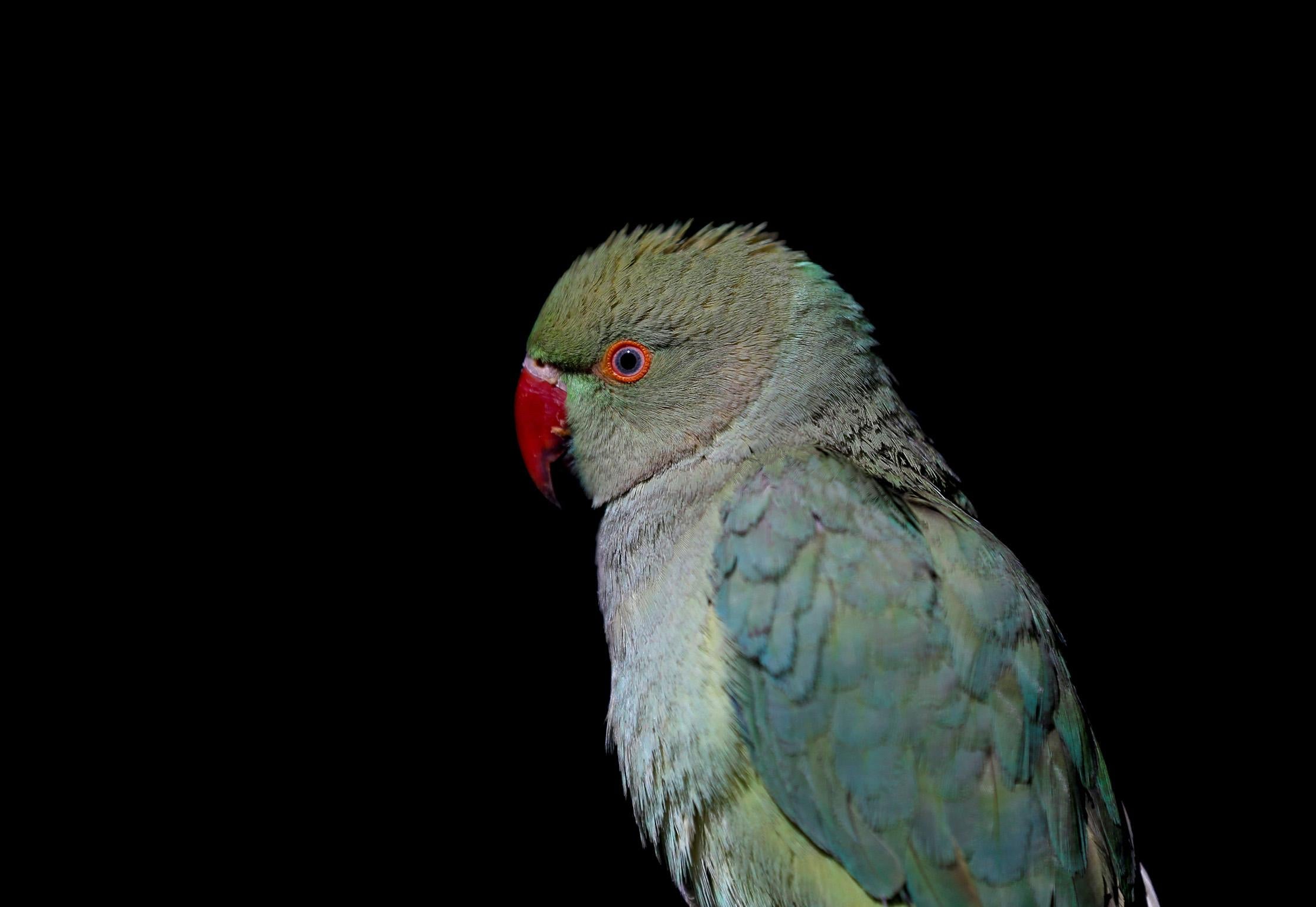
Why do parrots waste so much food?
Polly wants a cracker. Polly gets chopped vegetables because parrots need a diverse array of nutrients. Polly eats one bite and flings the rest onto the floor.
This is a common occurrence in the homes of parrot-lovers across the world. No matter what sort of delicious, nutritious meal is prepared, “half of it lands on the floor and stuck to the walls”, says Kat Gupta, the caretaker of a bronze-winged pionus named Leia and a frequenter of online parrot message boards.
Polly, Leia and their peers aren’t necessarily being picky. They’re just being parrots. According to a study in Scientific Reports, wild parrots across the world also waste food – an unusual and confusing habit in the animal kingdom, where making the most of a meal is generally an important part of survival.
The study provides “a comprehensive picture of parrots’ food-wasting behaviour in their natural environment”, says Anastasia Krasheninnikova, a biologist at the Max Planck Comparative Cognition Research Group in Spain, an independent commenter.
Researchers have long noticed their wild study subjects flinging around fruits, flowers and seeds that might have made perfectly good eating. Sometimes they’ll take a bite or two before discarding them.
A group of ornithologists tracked this behaviour in the wild over several years. They also watched for it in more controlled settings. The result was data covering 103 species in 17 countries, encompassing 30 per cent of known parrot types.
In some cases, “it looked like they were playing with the food instead of eating it”, says Esther Sebastian-Gonzalez, a postdoctoral biology researcher at Universidad Miguel Hernández in Spain, and the lead author of the paper.
The data yielded patterns. Parrots are more likely to drop unripe fruits than ripe ones, and they’re more careful with food during breeding season, when they are raising hungry chicks.
Sebastian-Gonzalez’s best guess is that the parrots are planning ahead. “For human production, you cut fruits to make the crop better,” she says. “So maybe the birds are doing something like that. They are pruning the trees to get sweeter fruits and bigger fruits later.”
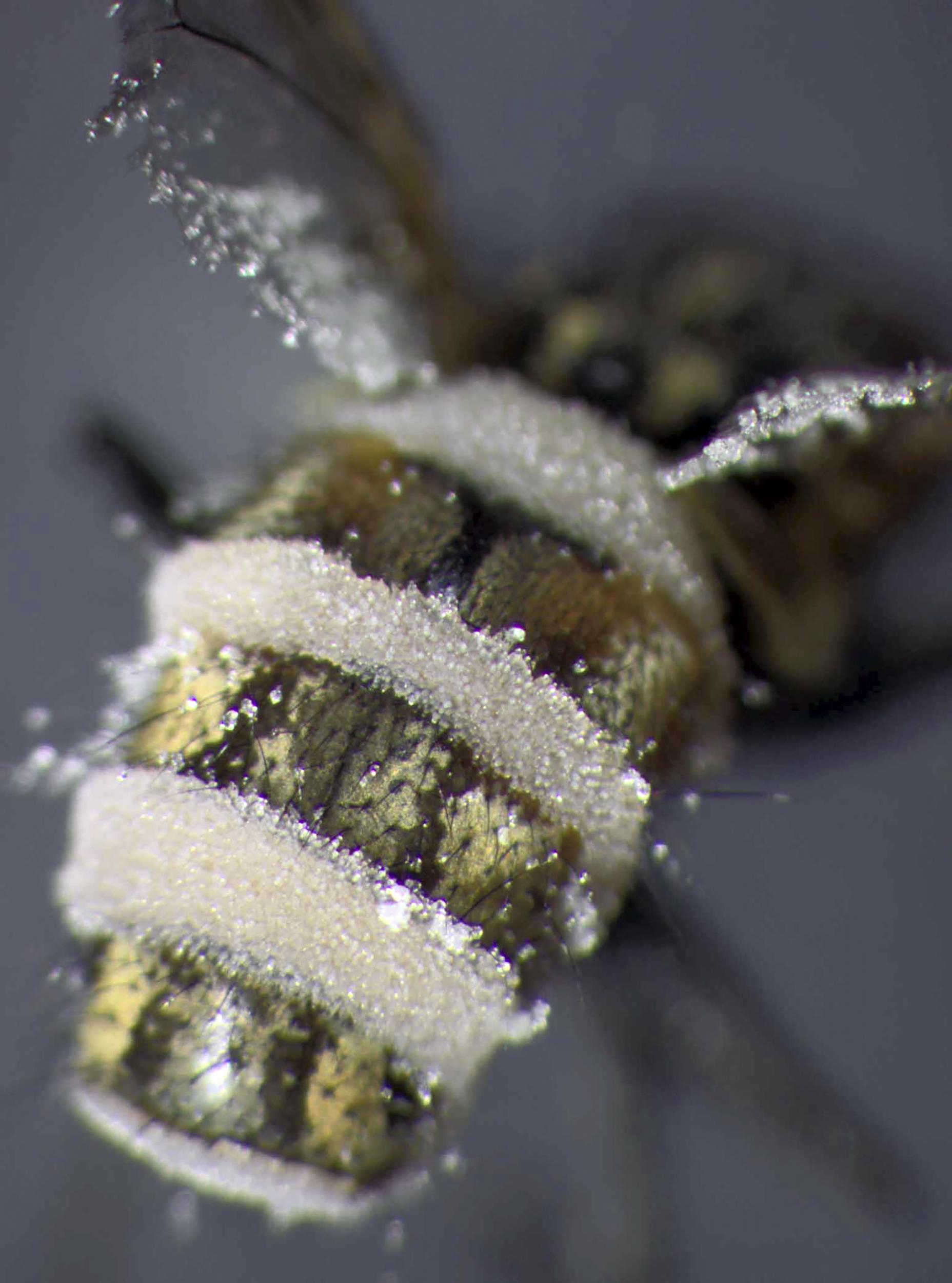
Some artillery fire from the backs of ‘zombie flies’
Attacked by a fungus that takes over their bodies, “zombie flies” start acting erratically in the moments before they die, playing an unwitting role in spreading the fungus further.
Researchers seeking biological inspiration for fly traps have now studied the fungus and reported insights into how the microorganism launches its attack. Their results were published in the Journal of the Royal Society Interface.
Sometimes pesky house flies encounter the fungus, called Entomophthora muscae, as they go about their day, sniffing out food and seeking mates. The fungal cells release cuticle-cutting enzymes and slip inside the insect’s body. There, the fungus grows into long threadlike structures, digesting the fly’s guts and penetrating its brain until it dies.
But E muscae determines when and where the fly dies so it is in the best spot to release fungal spores onto other flies. The fungus forces the fly to seek a higher perch and lift its wings, allowing the fungus to grow from its back and abdomen, taking the form of stripes of fuzz, even after it dies.
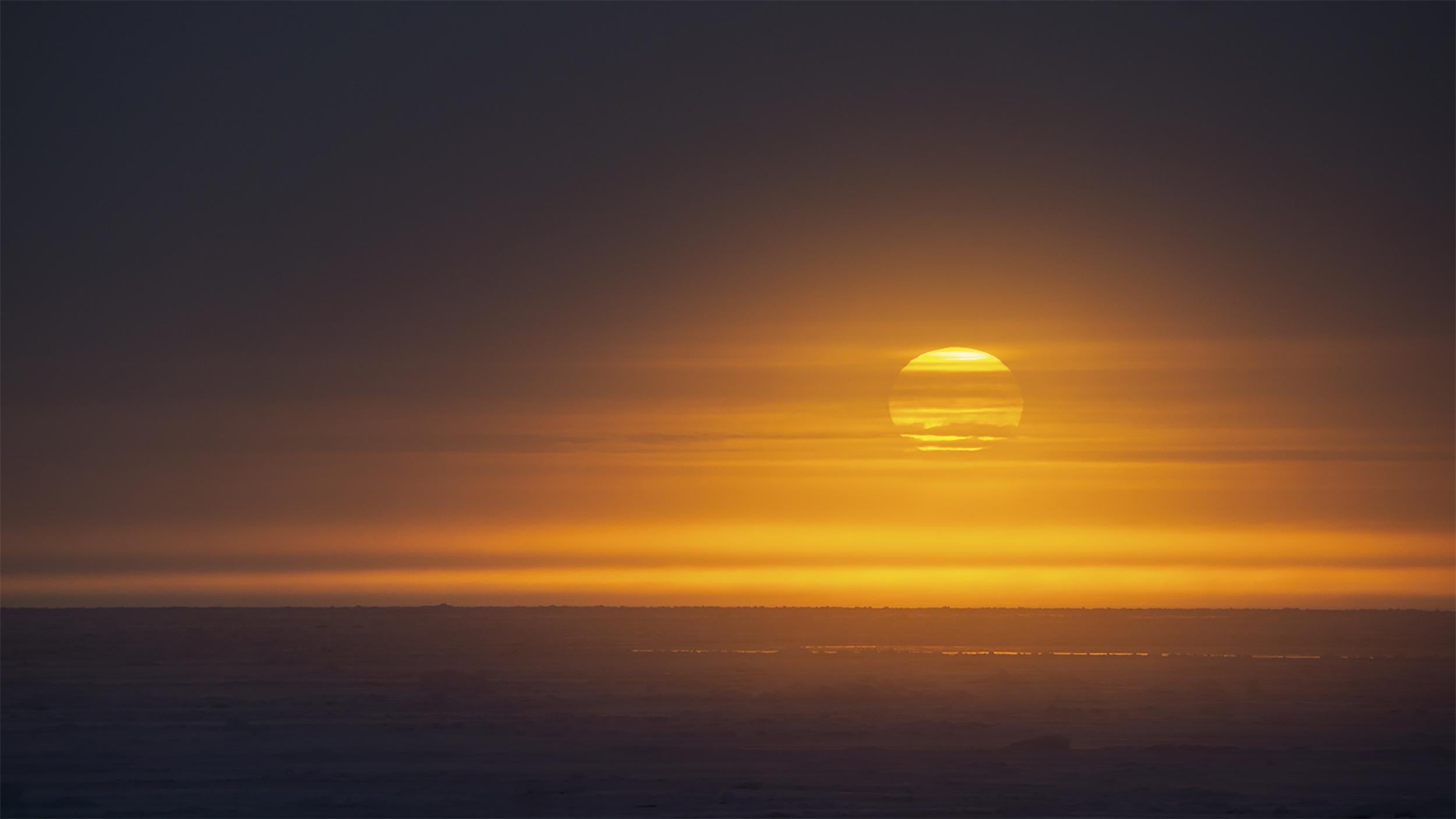
A rectangular sunset above the Arctic Circle
When Fridtjof Nansen, a Norwegian explorer, observed the sun during an 1893 Arctic voyage, it was not a circle – but a rectangle. He was actually seeing the slightest sliver of the sun above the horizon several times, one on top of another, building a rectangle.
In the Arctic, the air temperature slowly decreases the higher you get above the sea. Then it significantly increases – a temperature inversion that causes a change in air density. That makes light from the sun bend around the horizon, similar to the way your arm appears to bend below water.
The result is the sun seeming to hang in the sky even after it has physically dropped below the horizon.
Every year, the North Pole tips away from the sun and the region is plunged into darkness for months, meaning the sun will disappear with a final sunset in the fall and reappear with an initial sunrise in the spring.
I’m currently onboard German icebreaker Polarstern, which is frozen within the Arctic ice at roughly 85 degrees north latitude and 130 degrees east longitude. The mission, better known as the Multidisciplinary drifting Observatory for the Study of Arctic Climate, or Mosaic, is one of the largest climate-change research expeditions to the central Arctic. But even as scientists set up instruments on the ice to gather data on climate change, they can’t help but admire the sun, when it appears.
Polar travellers might see distorted ships, icebergs and bays levitating in the sky.
“The eye is often fooled in polar regions,” says Markus Rex, an atmospheric scientist at the Alfred Wegener Institute in Germany and the Mosaic coordinator.
Every morning when the sun reaches a certain point just below the horizon, the sky transitions from a deep-sea blue to a hot pink – illuminating the ice with a surreal light.
“That never ceases to amaze me,” says Ian Brooks, an atmospheric scientist at the University of Leeds onboard the Polarstern.
© New York Times
Join our commenting forum
Join thought-provoking conversations, follow other Independent readers and see their replies
Comments